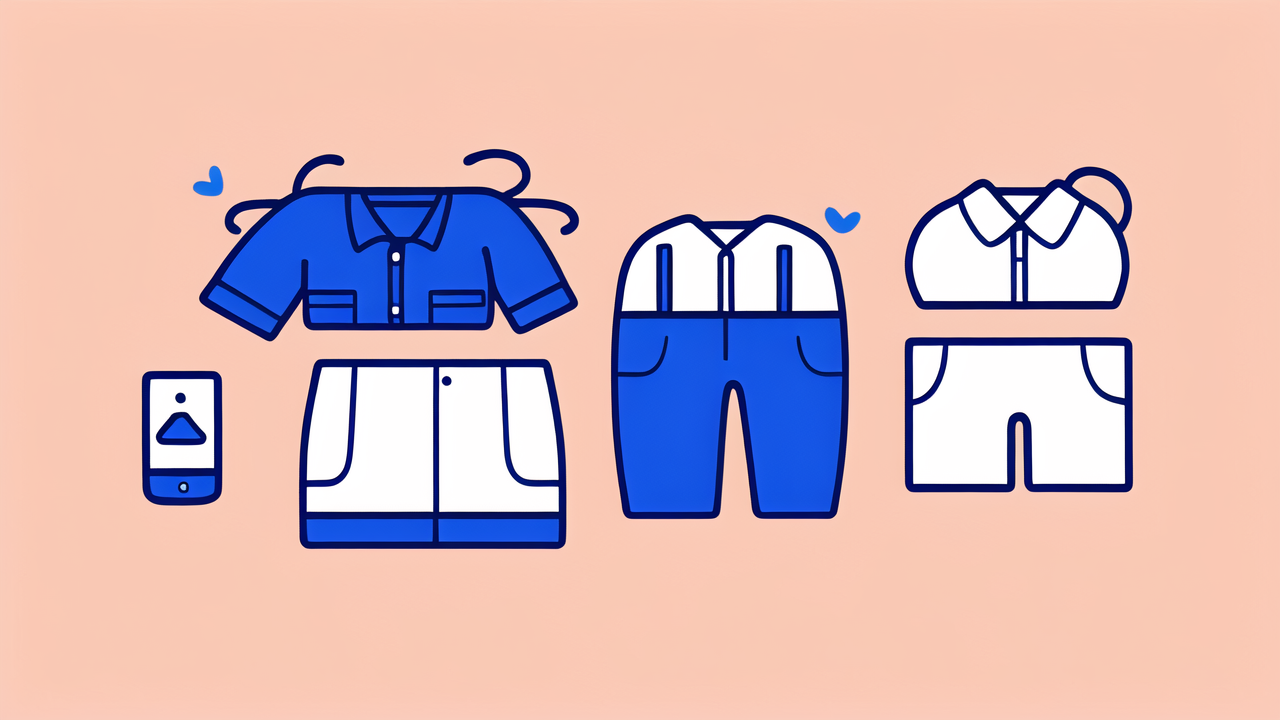
Ergonomic Baby Carriers vs. Traditional Backpacks: Which is Best for Your Child?
The Benefits of Ergonomic Baby Carriers for Your Child
Understanding Ergonomics: Why It Matters for Baby Carriers
Ergonomics plays a vital role in baby carriers. It focuses on designing products that fit the human body. For babies, this is crucial. Ergonomic carriers support a child's natural posture. They distribute weight evenly across the parent's body.

These carriers promote healthy hip development in babies. They maintain the "M" position, where the baby's knees are higher than their bottom. This position is vital for proper hip socket formation. It reduces the risk of hip dysplasia.
Ergonomic carriers also support the baby's spine in its natural curve. This is important for the baby's overall development. They provide proper head and neck support for younger infants. As a result, ergonomic carriers offer comfort and safety for both baby and parent.
The Importance of Proper Support for Your Child's Back
A baby's spine is delicate and still developing. Proper support is crucial during this time. Ergonomic carriers provide this essential support. They maintain the natural C-curve of a baby's spine.
This support is vital for several reasons. It helps prevent strain on the baby's developing back muscles. It also aids in proper spinal alignment. This can have long-term benefits for the child's posture and back health.
Moreover, proper back support in carriers helps distribute the baby's weight evenly. This reduces pressure points and enhances comfort. It allows for longer wearing times without discomfort. As a result, it promotes bonding between parent and child.
Ergonomic Carriers and Child Development: A Closer Look
Ergonomic carriers do more than just provide comfort. They can positively impact a child's development. These carriers allow for close contact between parent and child. This closeness can boost emotional development and bonding.
The upright position in ergonomic carriers can aid in digestion. It may help reduce reflux in some babies. This position also allows the baby to observe their surroundings. This can stimulate cognitive development and curiosity.
Ergonomic carriers also promote physical development. They allow for free movement of the baby's arms and legs. This can help strengthen muscles and improve coordination. The hip-healthy position can support proper hip joint development.
The Drawbacks of Traditional Backpacks for Babies
Why Traditional Backpacks Aren't the Best Choice for Kids
Traditional backpacks are not designed with a baby's needs in mind. They lack the specific support that growing bodies require. These backpacks often position the baby in an unnatural way. This can lead to discomfort and potential health issues.

Most traditional backpacks don't provide adequate hip support. They may force the baby's legs to dangle. This position can put pressure on the baby's spine and hips. It may interfere with proper hip development.
Traditional backpacks also lack proper weight distribution. This can cause strain on the parent's back and shoulders. It may lead to fatigue and discomfort during extended use. As a result, it can limit the time spent carrying the baby.
The Risks of Using Traditional Backpacks: A Parent's Perspective
From a parent's perspective, using traditional backpacks for babies comes with risks. These backpacks often lack proper safety features. They may not have secure straps or buckles to keep the baby in place. This can increase the risk of falls or accidents.
Traditional backpacks may not provide proper head and neck support. This is especially concerning for younger infants. Without this support, the baby's head may flop around. This can be dangerous and uncomfortable for the child.
Moreover, these backpacks often don't allow for easy monitoring of the baby. Parents may find it difficult to check on their child's comfort or breathing. This can cause unnecessary worry and stress for the parent.
Choosing the Right Carrier: Tips and Recommendations
How to Determine the Best Ergonomic Baby Carrier for Your Lifestyle
Choosing the right ergonomic carrier depends on your lifestyle and needs. Consider your daily activities. Do you need a carrier for quick trips or long outings? Think about the climate you live in. Some carriers are better suited for warm or cold weather.

Your baby's age and size are also important factors. Newborns need different support than older babies. Look for carriers that can grow with your child. Adjustable carriers can be a cost-effective choice.
Consider your own body type as well. Some carriers work better for petite parents, others for taller ones. Try on different carriers if possible. This can help you find the most comfortable fit for both you and your baby.
The Role of Ergonomics in Choosing a Baby Carrier
Ergonomics should be a top priority when choosing a baby carrier. Look for carriers that support the baby's natural posture. The carrier should maintain the "M" position for the baby's hips and legs.
Check if the carrier provides adequate back support for the baby. It should support the natural curve of the baby's spine. The carrier should also distribute the baby's weight evenly across your body.
Consider the carrier's adjustability. It should allow you to position the baby at the right height. This is typically high enough to kiss the top of the baby's head. Proper positioning ensures comfort and safety for both parent and child.
What to Look for in a Baby Carrier: Safety, Comfort, and Ergonomics
Safety is paramount when choosing a baby carrier. Look for carriers with sturdy construction and secure fastenings. Check for safety certifications and read user reviews. Ensure the carrier has proper head and neck support for younger babies.
Comfort is crucial for both you and your baby. Look for carriers with padded straps and waist belts. These features help distribute weight and reduce strain. Breathable fabrics can enhance comfort, especially in warm weather.
Ergonomics ties safety and comfort together. Choose carriers that support your baby's natural posture. Look for features like adjustable seat width and height. These allow the carrier to grow with your child. Remember, a good ergonomic carrier should feel comfortable for both you and your baby.
